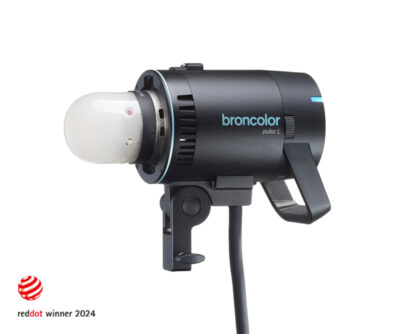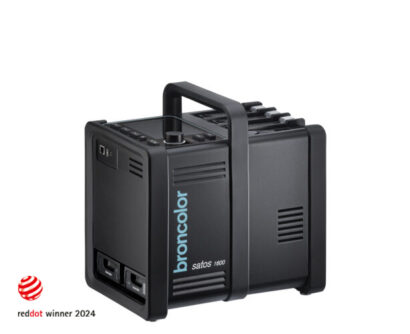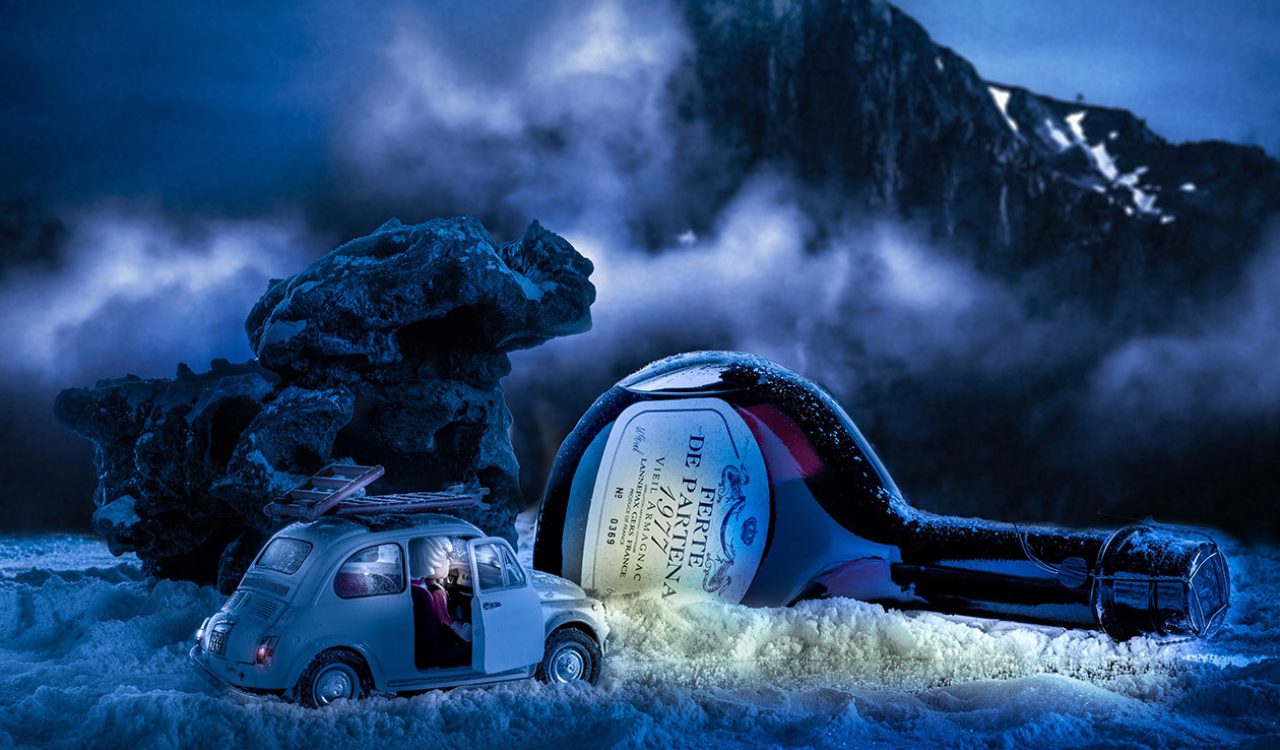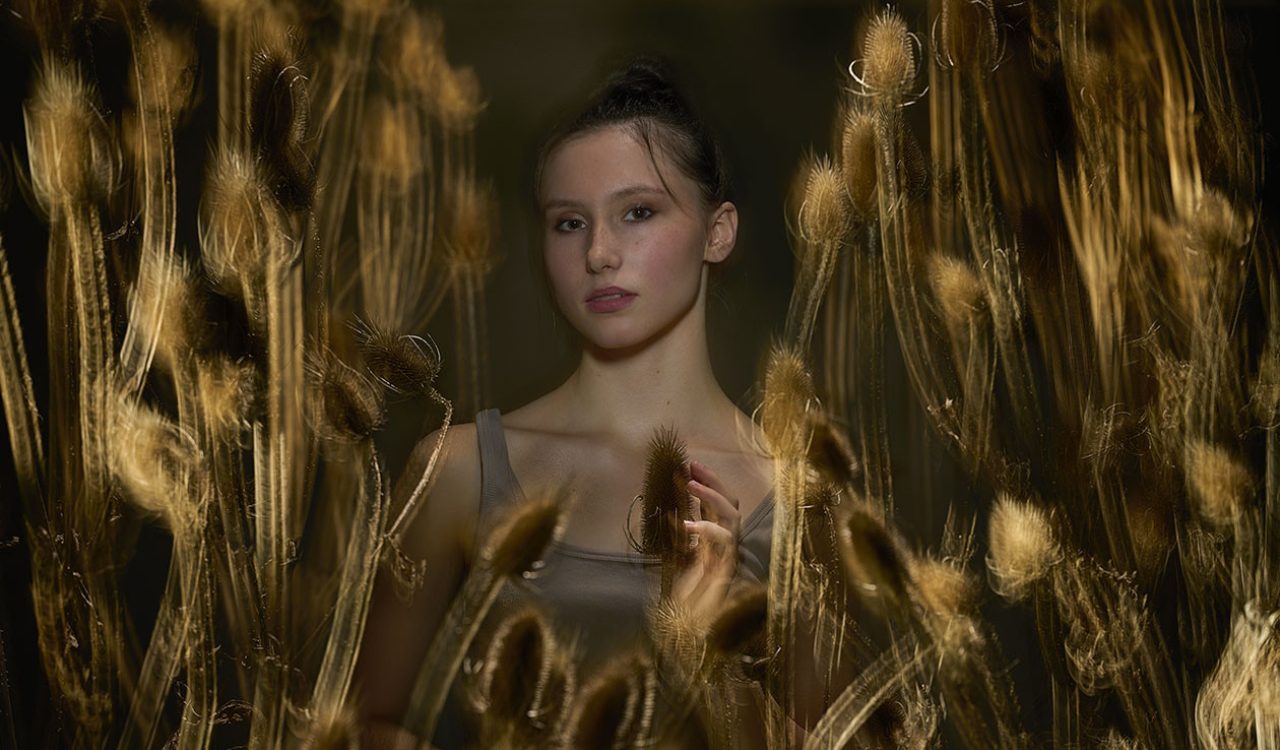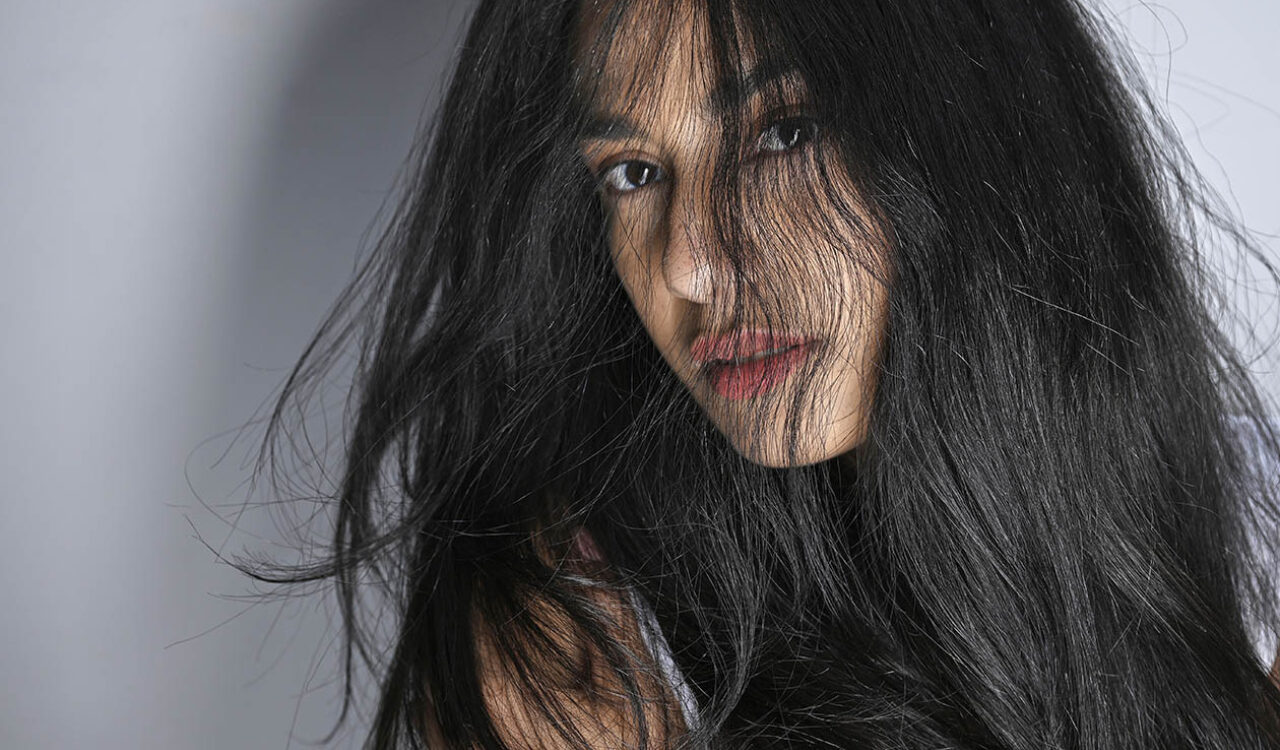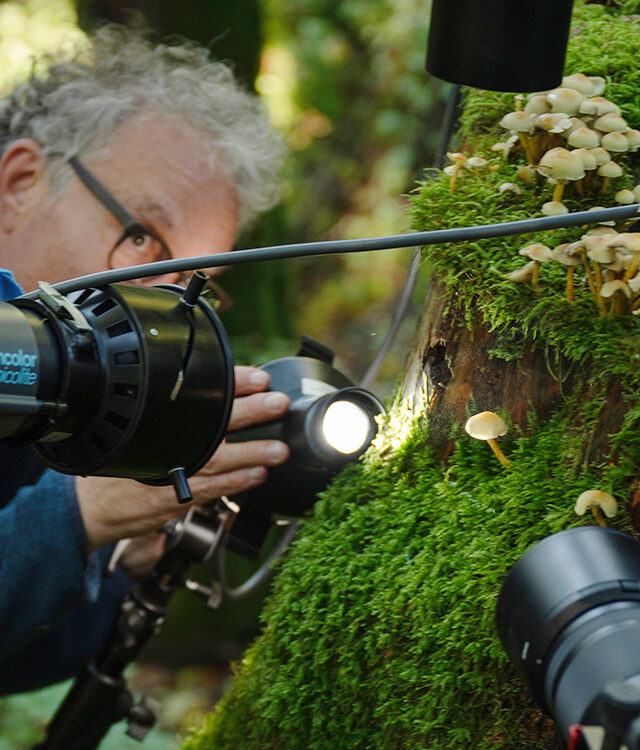On a hot summer's day we had the pleasure of photographing Ivana Stausberg, a Swiss long jumper. We created a series of three, consisting of take-off, flight phase and landing. The landing shot is discussed here; you can see the whole shoot (and more) in this video.
Looking at the sky in the final result, it is clear that the lighting conditions were anything but easy: Thick clouds alternated with strong sunshine. Of the two long jump facilities, I choose the one where I was able to photograph the athlete against the light (the sun). This reduced the importance of the uncontrollable sunlight somewhat. Nevertheless, I had to expect that parts of the set would be exposed to the sun - and in order to capture these areas in razor-sharp detail despite the very fast movement, I opted for HSS.

With HSS, movements are not frozen with a short flash firing time (as is usual in the studio), but with a short shutter speed on the camera side. (The flash itself is deliberately extended and kept constant in order to guarantee a homogeneous exposure over the entire sensor). I decided on the following camera settings: Fastest possible shutter speed of 1/8000s. Focal length 50mm. Aperture 5 (I needed enough depth of field on Ivana, but the background should not appear too sharp). Finally, I controlled the brightness of the ambient light via the sensitivity of the sensor: ISO 320.
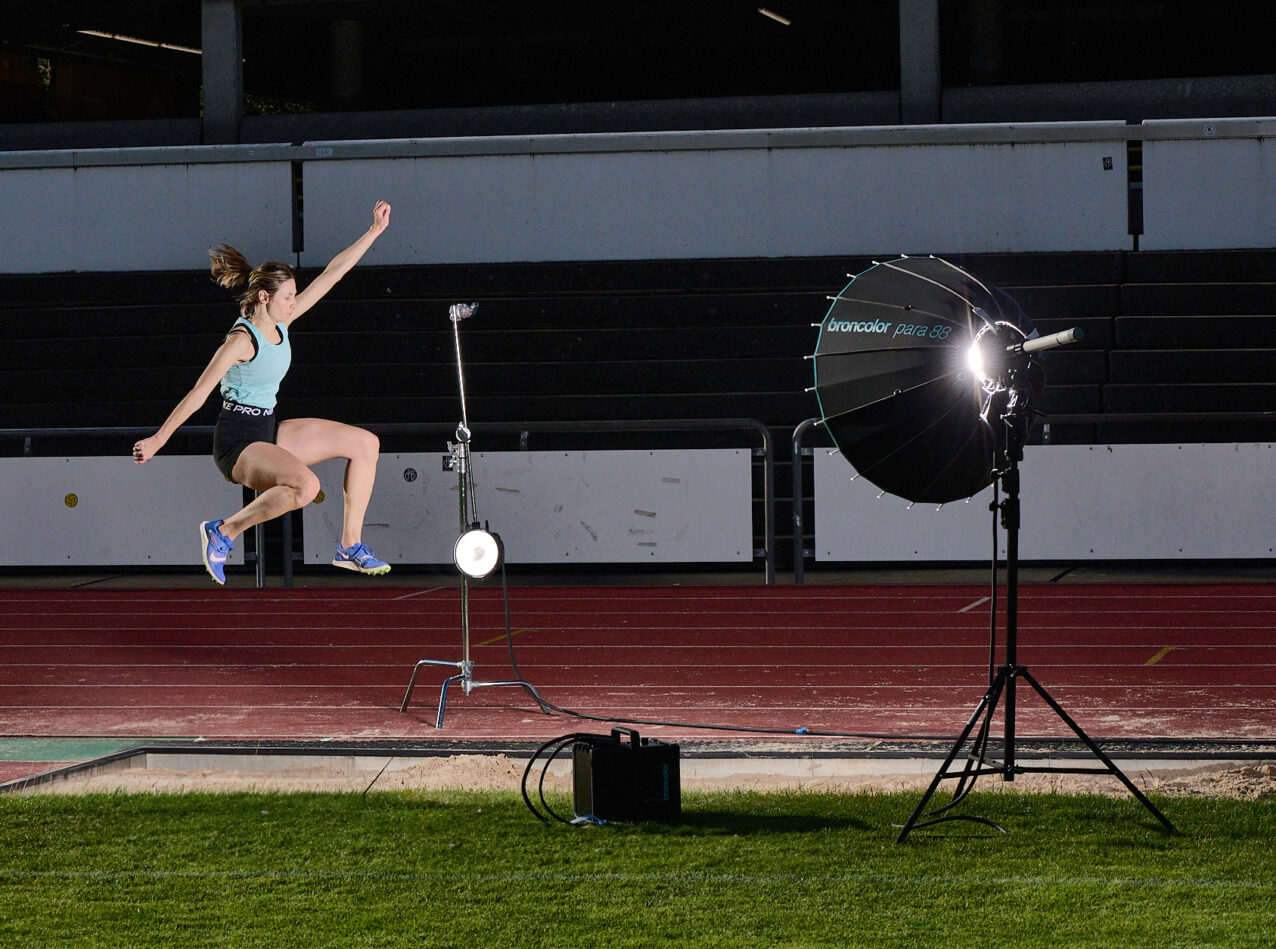
The main light was provided by a Para 88, fully focused to achieve a controlled, selective spot effect. I deliberately avoided a classic fill light, using only a P70 reflector with a narrow honeycomb to illuminate the raised sand from the other side (without hitting the body) and support its structure and impression of sharpness.
The Para 88 and P70 were both operated with a Pulso L light, which in turn drew its flash energy from a Satos 1600 power pack (equipped with two batteries). An RFS2.2 trigger was necessary to be able to use the HSS feature of the Satos.

